Digital Financial Tool: You Need to Know
What Are Digital Financial Tools?
Software, platforms, and technologies created to monitor, manage, and streamline financial tool operations via digital channels are referred to as digital tools for finance. Because of their increased speed, convenience, and efficiency, these instruments are revolutionizing the way that people, organizations, and governments deal with money.
Digital financial tools include applications and services that operate on computers, smartphones, or internet platforms to handle financial tasks. Examples range from mobile banking apps to budgeting software and online trading platforms.
Key Features of Digital Financial Tools
- User-Friendly Interfaces
- To guarantee accessibility for users with different degrees of technical and financial literacy, digital financial instruments are made with user-friendly layouts and simple navigation.
- Real-Time Monitoring and Updates
- Most tools offer real-time tracking of transactions, balances, and account activity, allowing users to stay up-to-date with their financial status at all times.
Automated Transactions
- Features like bill payments, savings transfers, and investment contributions can be automated, reducing manual effort and ensuring consistency.
- Budgeting and Financial Planning
- To help users better manage their finances, many tools come with built-in budgeting systems, goal-setting, and expense classification features.
Importance and Benefits
- Convenience: Available anywhere, at any time.
- Speed: Real-time updates and quicker transactions.
- Economical: Less expensive than traditional banking. Transparency and tracking: tracking of expenses and real-time reporting.
- Inclusion: Uses mobile access to reach underserved or unbanked populations.
- Automation simplifies financial tasks and lowers human error.
Also read: Introduction of IoT
Applications of Digital Financial Tool
Online Banking (Net & Mobile Banking)
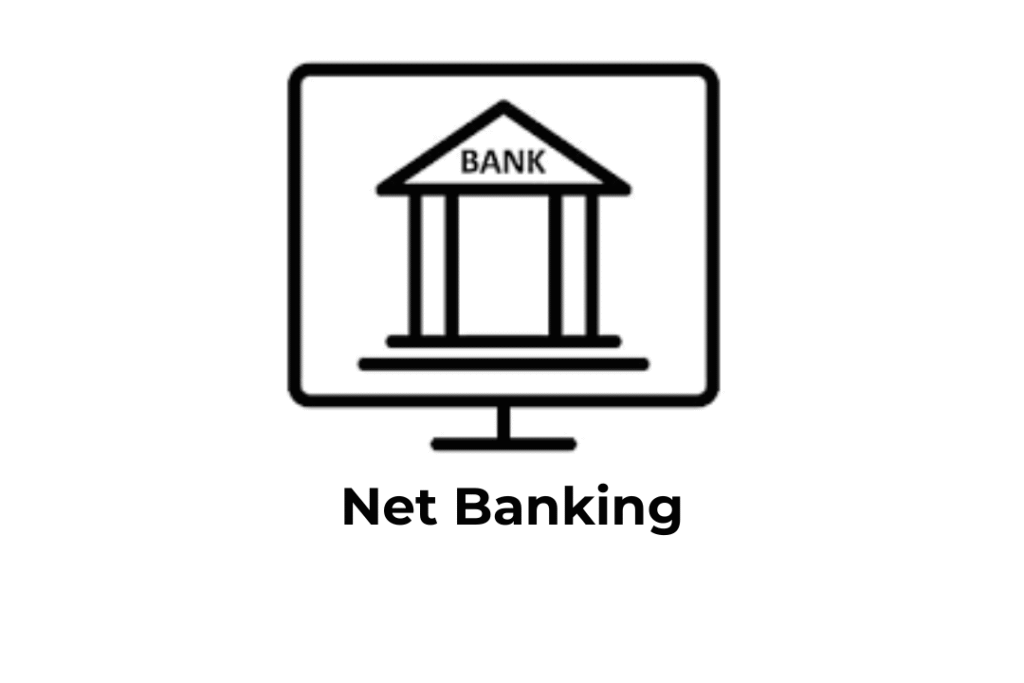
- Use: Open accounts, check balances, pay bills, and transfer money.
- For instance, HDFC Netbanking and SBI Yono.
- Application: Simple, anytime, anywhere access to bank services.
UPI (Unified Payments Interface)
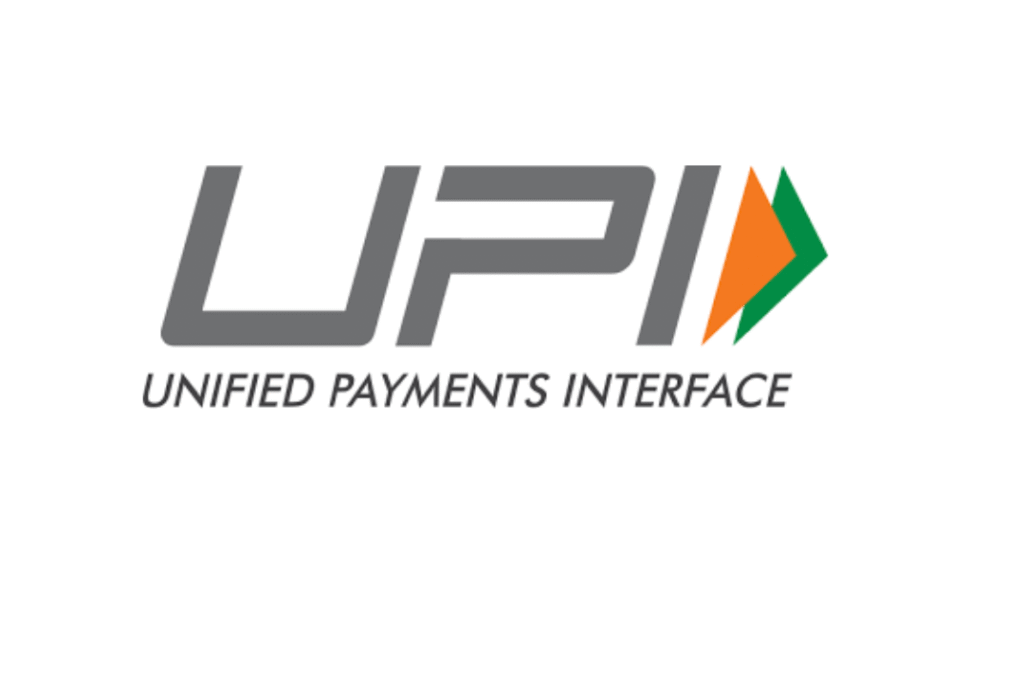
- Use: Quick money transfers using a UPI ID or mobile number.
- Example: Paytm, PhonePe, and Google Pay.
- Application: Use cases include merchant payments, bill splitting, and peer-to-peer payments.
Digital Wallets
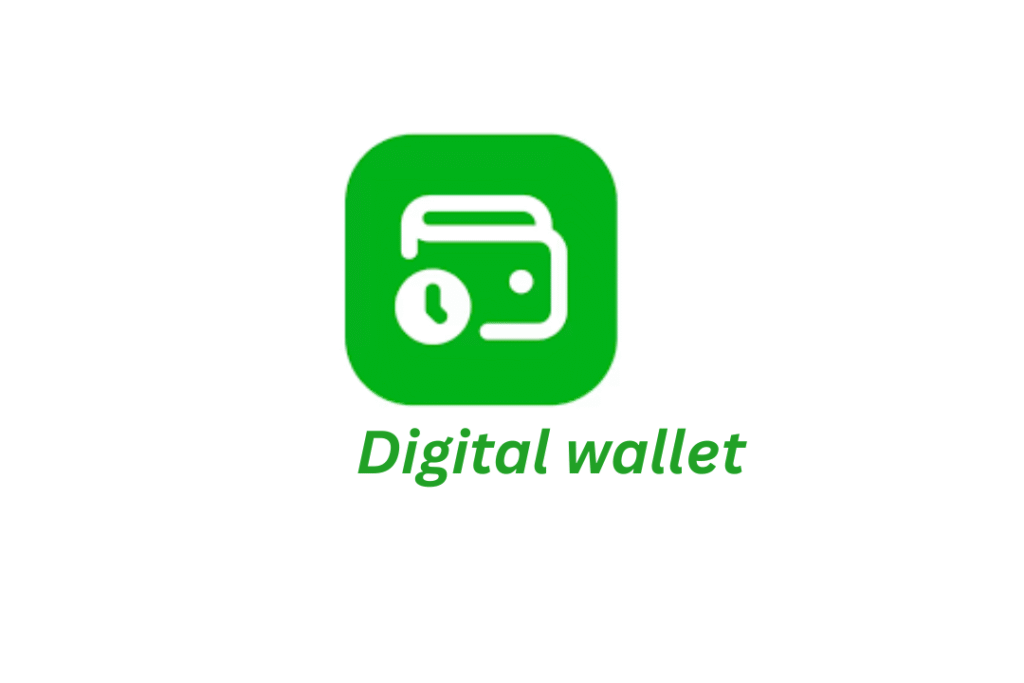
- Use: Digitally store funds for speedy payments.
- Example: Mobikwik, Amazon Pay, and Paytm Wallet.
- Application: Quick bill payment, recharge, and shopping transactions.
E-Commerce Payments
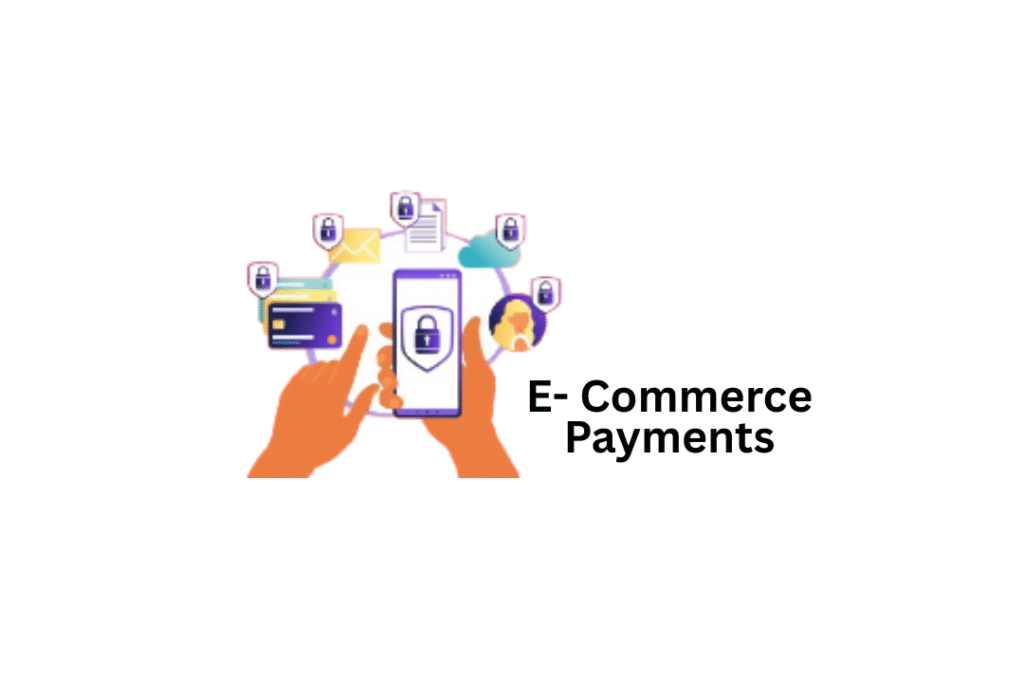
- Use online commerce platforms’ digital checkout.
- Example: Meesho, Amazon, and Flipkart.
- Applications: Secure and speedy payments by EMI, UPI, wallets, or cards
Online Investment Platforms
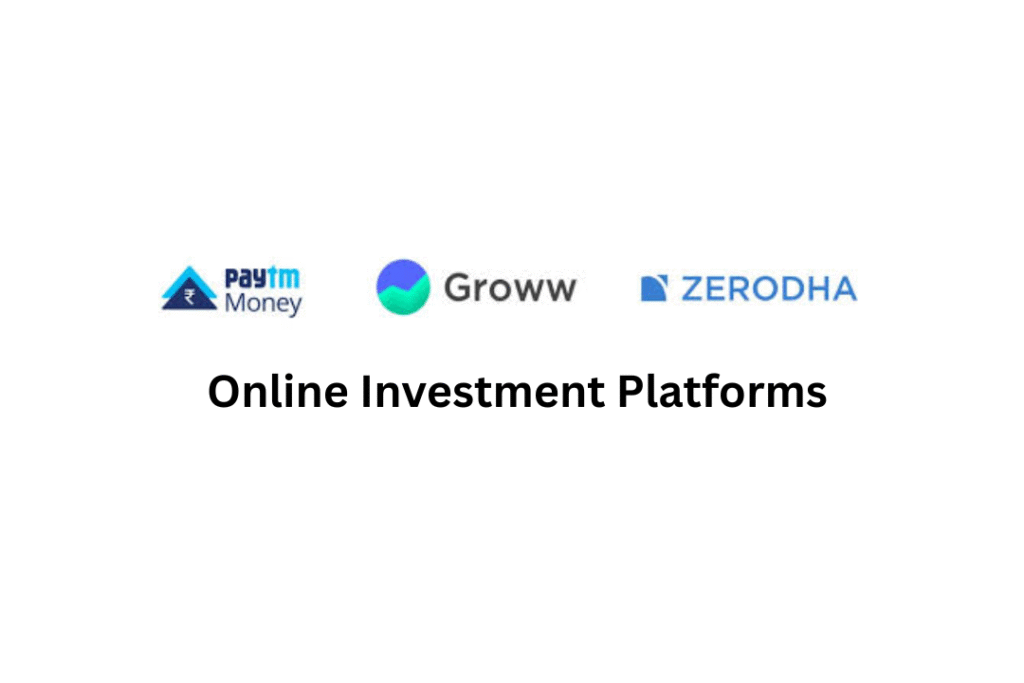
- Use: Make digital investments in stocks, mutual funds, and SIPs.
- Example: Groww, Zerodha, and Paytm Money.
- Application: Wealth building and investment management via phone.
Digital Lending (Online Loans)
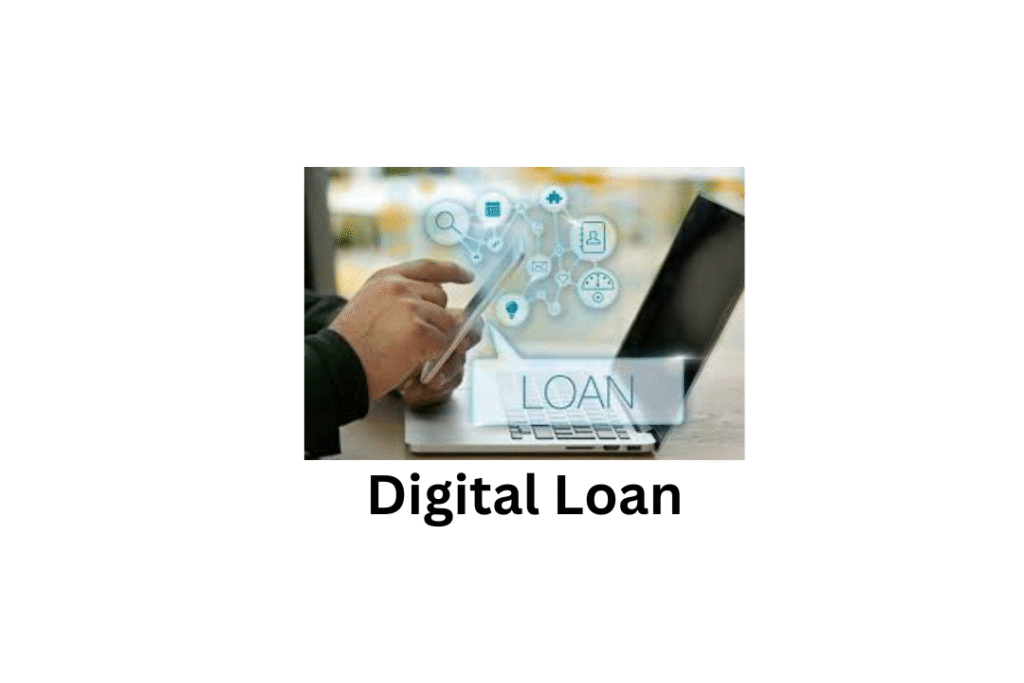
- Use: Instantly apply for business or personal loans.
- Example: LazyPay, Navi, and KreditBee.
- Application: Fast disbursement and paperless loan acceptance
Insurance & Financial Planning Apps

- Use: Purchase retirement plans, insurance policies, etc.
- Example: Policybazaar and ET Money.
- Application: Online financial product comparison and acquisition
Budgeting & Expense Tracking
- Use: Keep tabs on everyday spending and savings.
- Example: MoneyView, Goodbudget, and Walnut.
- Application: Supports individual savings and financial planning
Government Digital Finance Portals
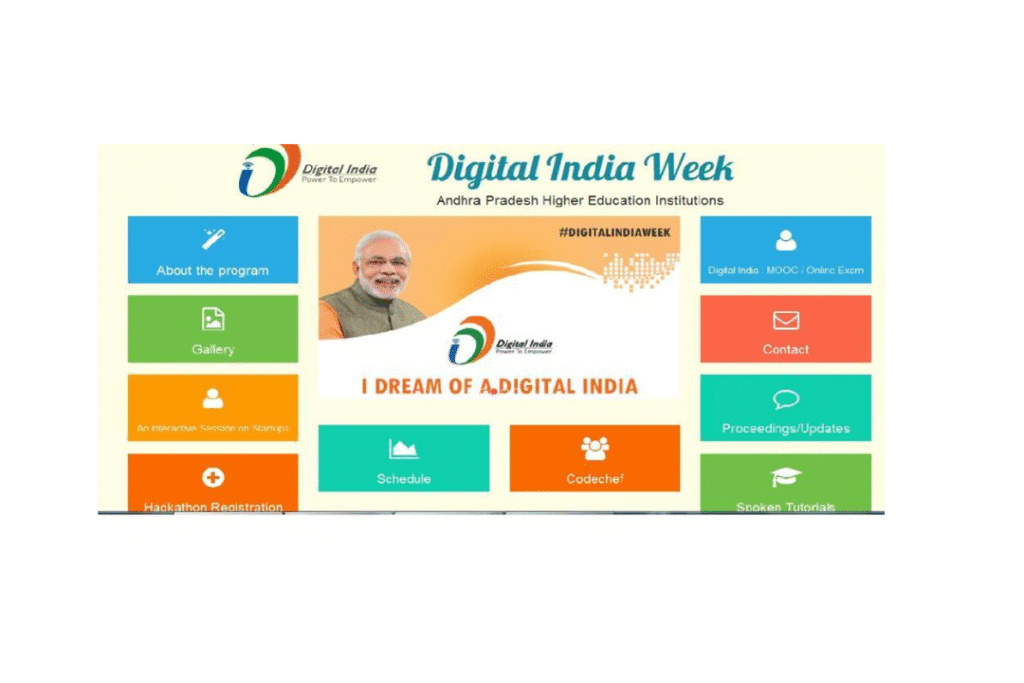
- Use pension subsidies and direct benefit transfers.
- Example: Jan Dhan Yojana and the BHIM App.
- Application: Financial inclusion for impoverished and rural residents.
Point of Sale (PoS) Terminals
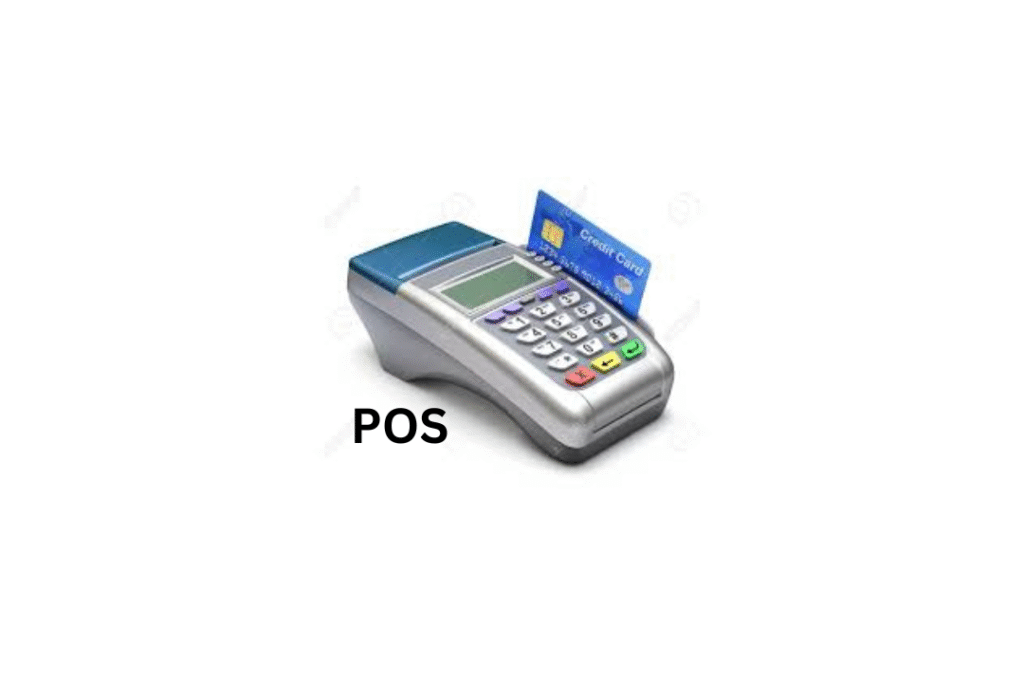
- Use: Using cards or QR codes to collect retail payments.
- Example: BharatPe, Paytm PoS, and Pine Labs.
- Application: Electronic payments in physical stores or establishments.





